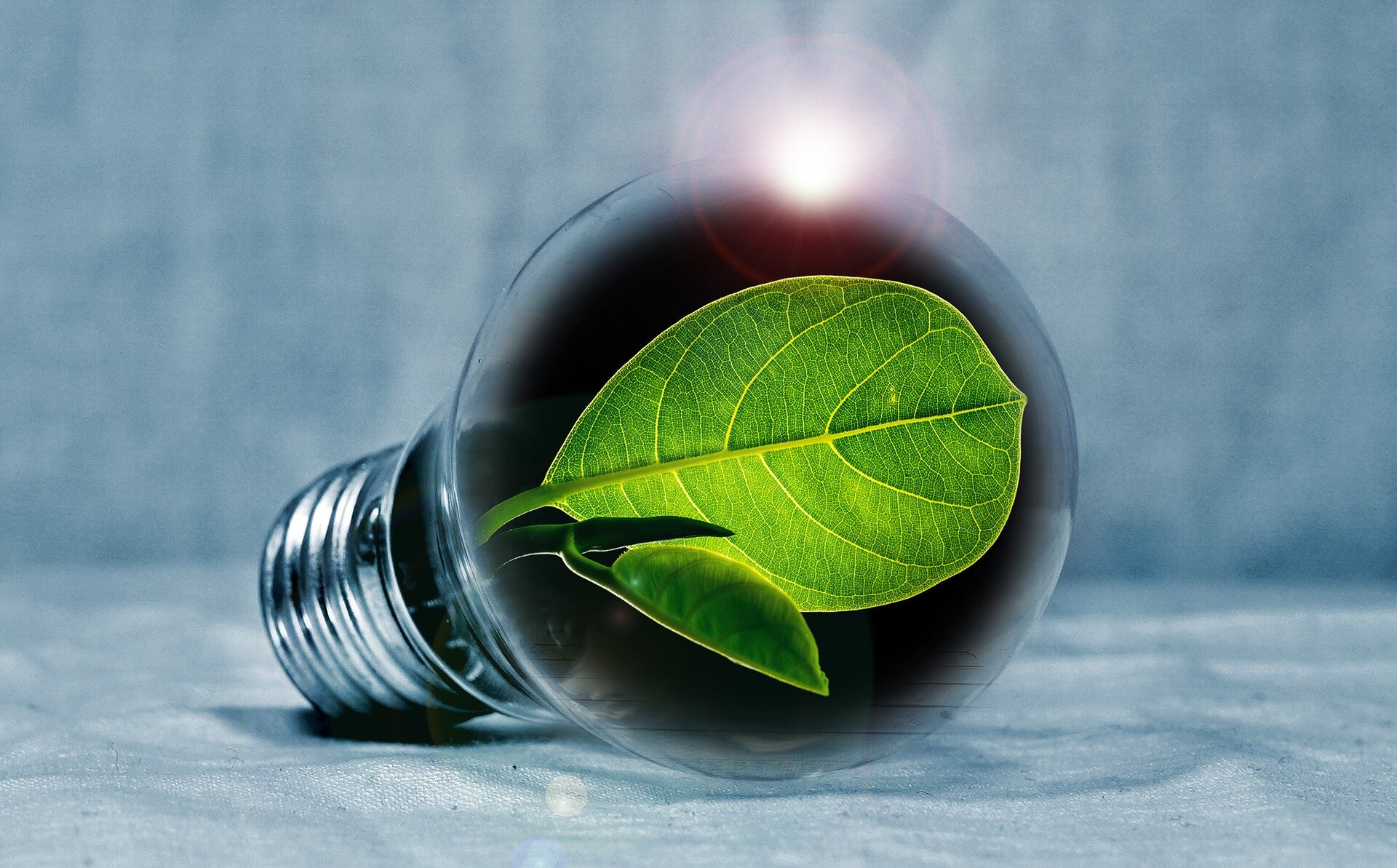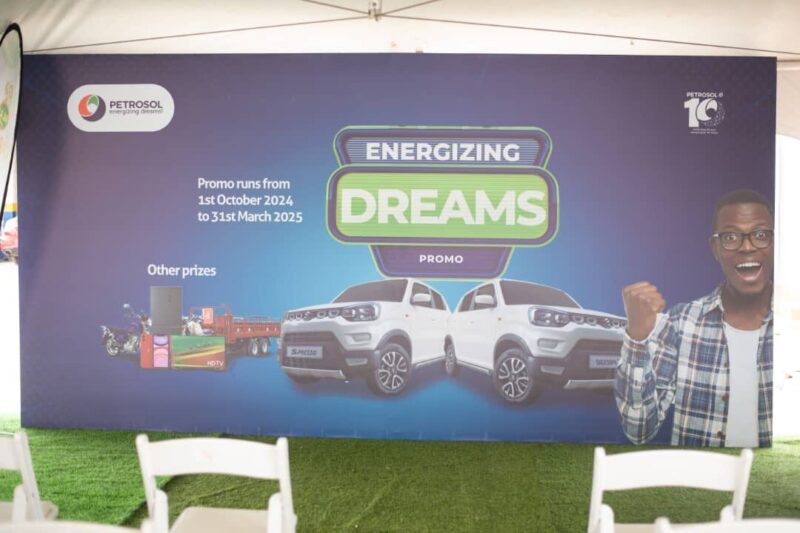- How football brings joy and helps heal Palestinian children in Qatar
- Global forest loss exceeds targets in 2023, report warns
- How did Egypt’s and Israel’s economies do in a year of Houthi attacks?
- China takes swing at European Union with brandy duties after EV tariff vote
- Boeing delivers 33 jets in September but strike impact looms
What do you believe is the single most important factor driving up the cost of living in Nigeria?

New alloys aim to boost hydrogen turbine efficiency
In 1884, marine engineer Charles Parson used coal to power his groundbreaking invention, the multi-stage steam turbine, to produce electricity. This technological revolution marked a new dawn of power generation and consumption around the world. Today, humanity's increasing electricity and power needs require more efficient turbines and environmentally friendly fuels.
To meet the energy needs of the near future through breakthrough materials technology, engineers at Texas A&M aim to develop a materials system for gas turbines that can operate using hydrogen fuel instead of natural gas. This will include high-performance alloys, protective coatings and cooling systems.
"The United States has set an ambitious goal to decarbonize energy by 2035," said Dr. Don Lipkin, professor in the materials science and engineering department and principal investigator on the grant.
"We need materials solutions for advanced gas turbines that are both cleaner and more efficient; that is, the turbines can work at much hotter temperatures and use hydrogen gas instead of natural gas so as not to produce carbon dioxide."
Turbines convert mechanical energy to electrical energy. Within these machines, blades attach to a central shaft. When these blades rotate, like the blades of a fan, the shaft spins, turning a generator and producing electricity. In Parson's turbine, the blades were set in motion by the steam produced by coal-heated water.


- October 8, 2024
Hurricane Milton could reduce Disney earnings, Goldman says


- October 4, 2024
Ghana capable of owning future of its energy


- October 5, 2024
Plastic-eating enzyme identified in wastewater microbes

- October 5, 2024
Zillow adds climate risk data to home listings as threats rise



- October 3, 2024
Morocco mobile desalination units quench remote areas' thirst
Subscribe to our mailing list to get the new updates!

Subscribe our newsletter to stay updated
Thank you for subscribing!




